It's been a few weeks since I posted the article about food sovereignty and O.N.E. group's efforts to bring local food production back home to the local level. This time I have more pictures than words to share, and I hope you will find this post worthy of your upvote and even better, a donation to help us out! Thanks for stopping by. If you missed the previous article I encourage you to click here and read it.
Here is the old Ledbetter store. The building is too far gone to fix, but the owner is keen on finding a grant to restore the old historical landmark and establish it as a tourist attraction and focal point for locals to meet, hangout and also for local growers to sell their produce.
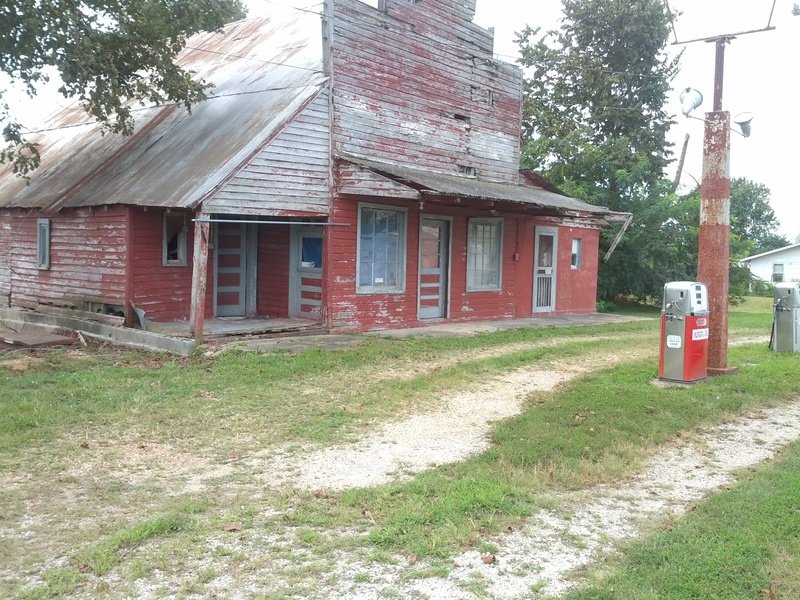
A little history of the place. On August 1, 1960, the town of Lutie ceased to exist, being renamed to Theodosia, the current name. All that is left of Lutie is the cemetery, the name on one of the churches, and the school. The Ledbetter store still stands, tho the sign in front saying "groceries, feed, and gas" is now gone. It was Lutie's last post office. Since then, Theodosia has grown and is now the "Record Bass Capital of Missouri." It was incorporated in 1970 and had 245 residents by 1990.
Back to the sorghum project topic. We've had a higher than usual amount of rainfall this year so the weeds got as high as 6 - 8 feet tall. Here is the site just after we cleaned all of the weeds out.
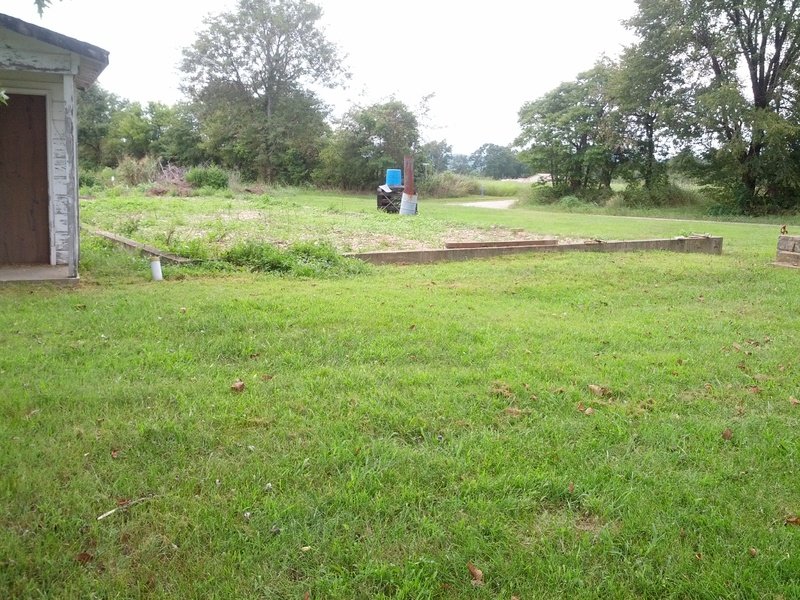
There is only one local concrete business, and so they are very busy. They agreed to work weekends or after normal business hours to fit us in so we can finish construction before the sorghum is ready to harvest. Here you see the forms for the pour. One issue we discovered was there wasn't enough difference in height between the city's sewer line and the drain pipe, so it required a couple of loads of gravel to raise the height of the floor by 6 - 8". You can kindof see that when you look next to the form wall.
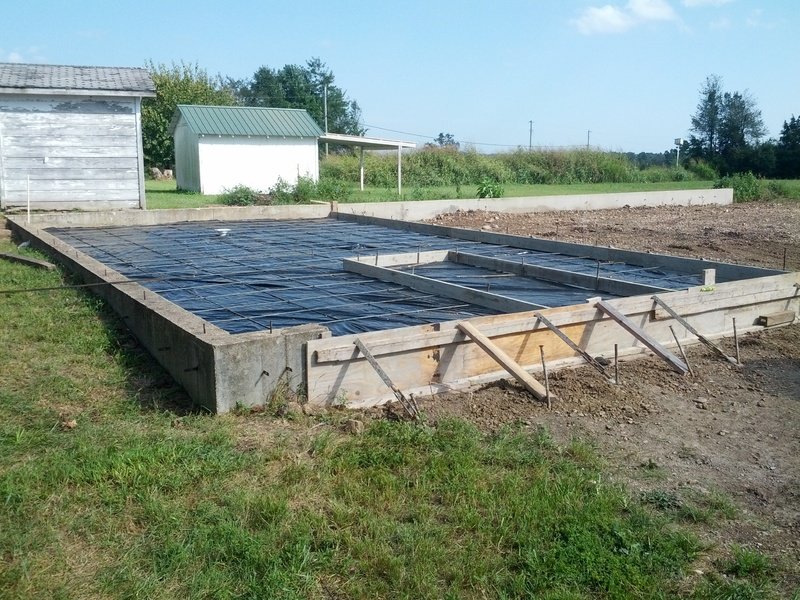
The rectangle area on the right side of the photo below is where the fire pit will be built. That is basically the size of the stainless steel cooking pan. After the concrete sets the moisture barrier and the gravel under it will be removed to make room for the firebrick that will line the inside of the pit. The guys just got back last night from the trip to Tennesee to pick up the tray from the fabricator. I wasn't able to snag a pic of that just yet but I promise it will be in my next update.

The following pics show the ditches that were dug for the water and sewer lines. In the last one you can see the drain, and the pipe going to it is along the left side of the foundation. There are 2 large pipes sticking up about 18 inches for air vents or clean out access, also on left side of the knee wall / foundation. If you look close you can see the water supply line protruding through the knee wall below ground level, and sticking straight up in the air about 4 feet tall just inside the foundation wall.

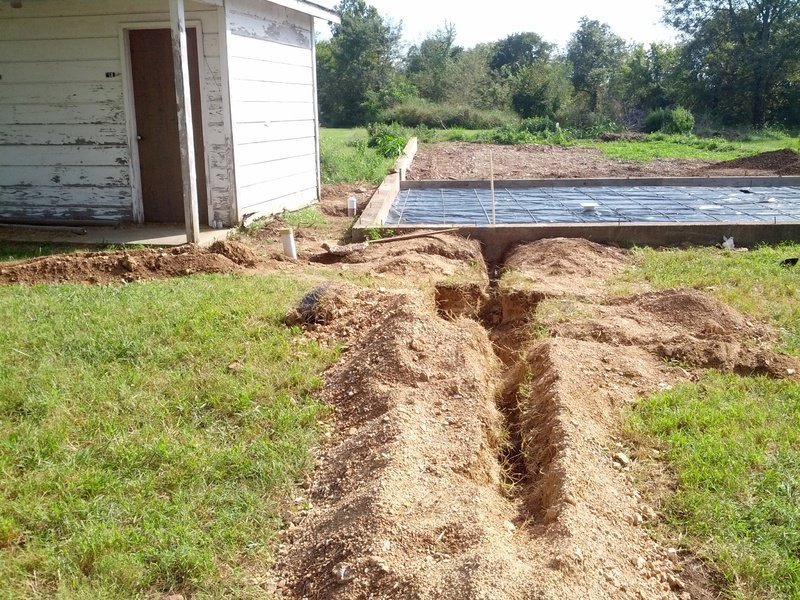
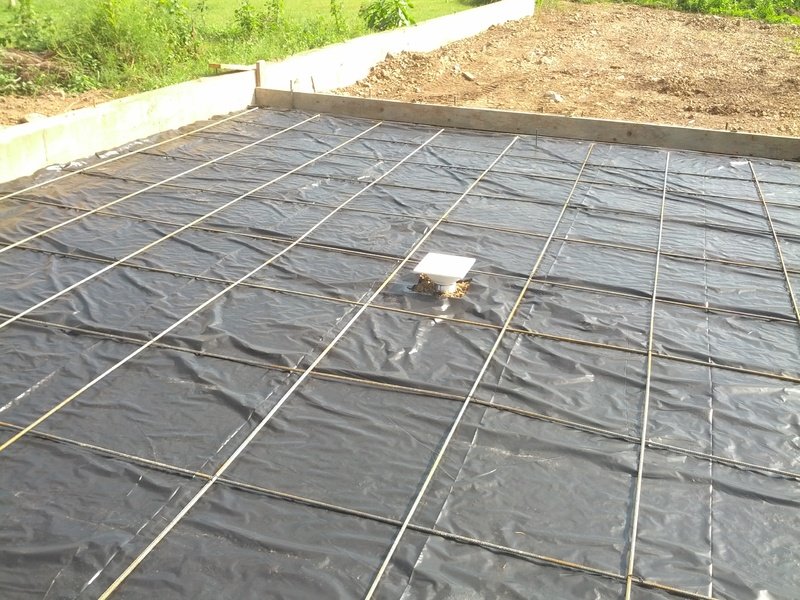
Here is a pic from the south side looking towards the road. From this you can see how high the floor will be and how much gravel it took to get the height needed so the drain would flow properly.
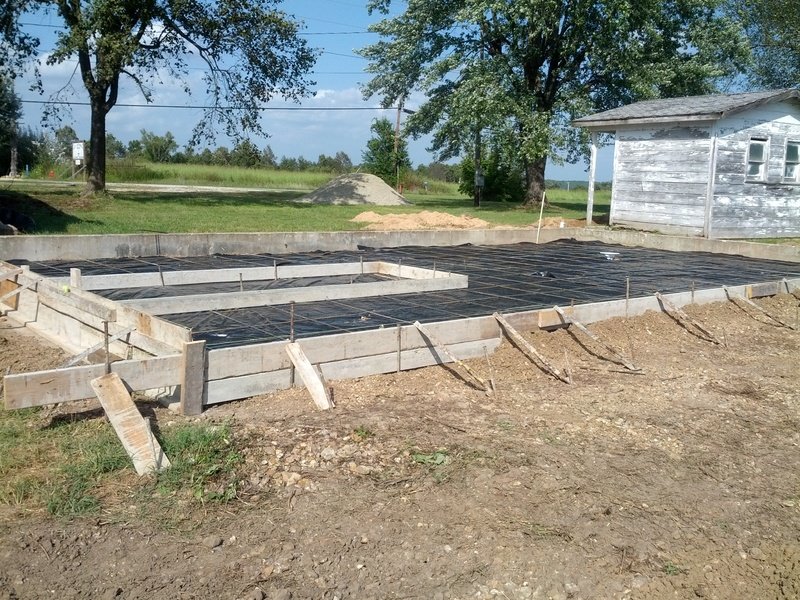
Alright! Now the fun begins - pouring the concrete!
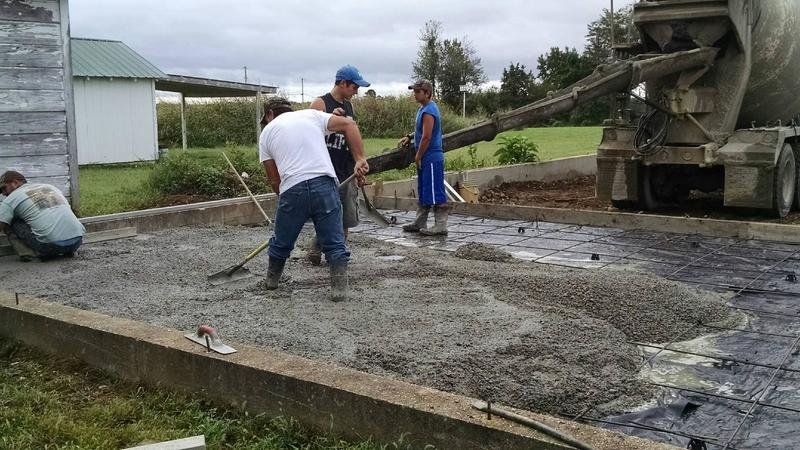
The smoothing process and another view of the water supply line.
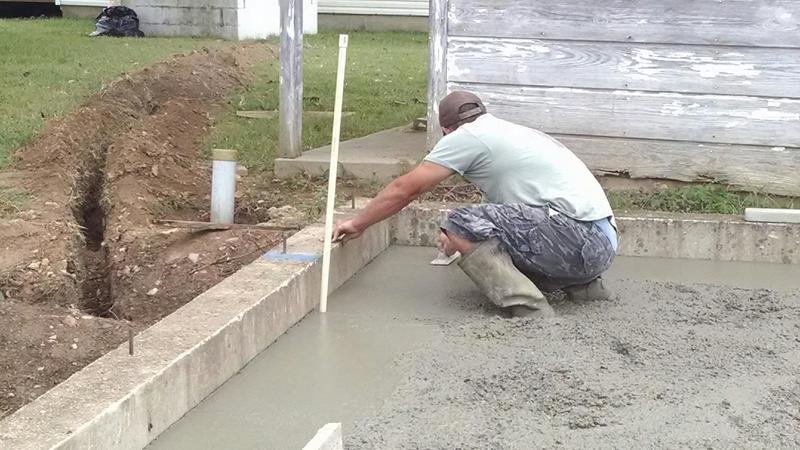
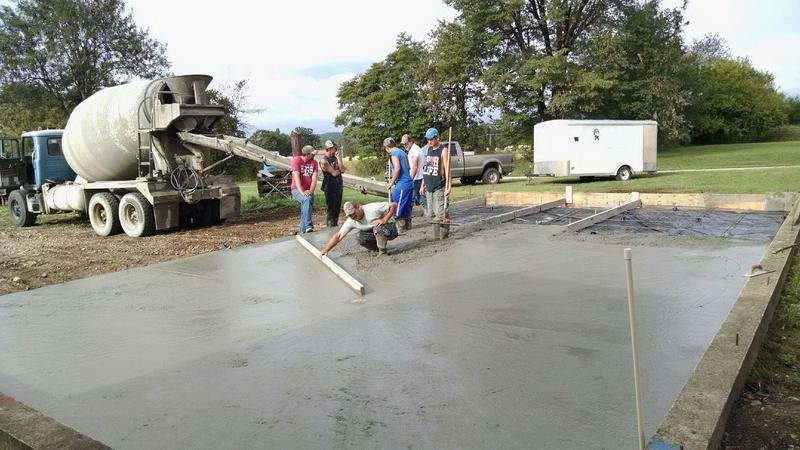
Getting the last of the concrete put down and leveled out.
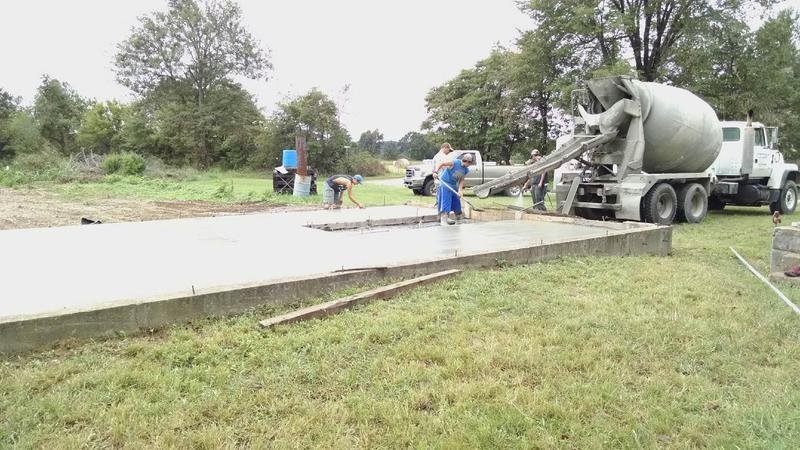
And the final finishing touches...
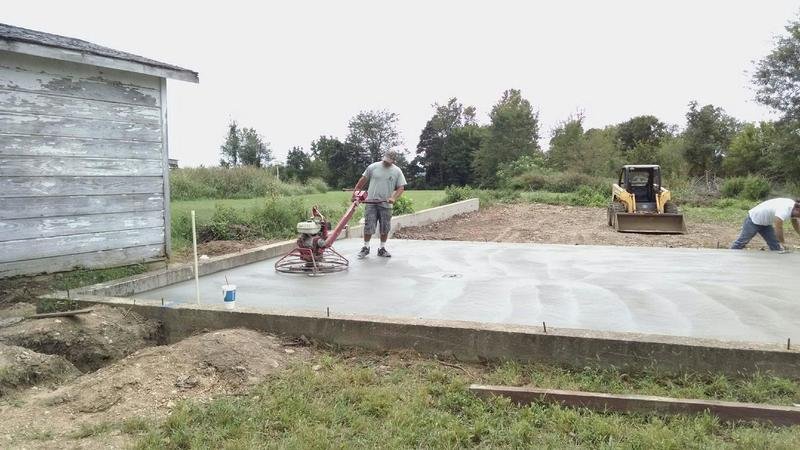
Not much to add for this update, but as you can see progress is being made! I promise to have some photos of the cook pan on my next update, and possibly a CAD drawing of what the cook shack will look like when it's done.
Thanks for your interest, it's greatly appreciated. Please pass a link to this post along to your friends and followers and help us raise the funds necessary to complete this project. There is much to do and we can use all the help we can get, so if you can spare a few bucks please consider donating. Here's the link to the go fund me campaign. BTW, there was a $100 donation made a day or 2 after I posted the first article, and I believe the donator found us through Steemit. Whoever you are, thanks!!!
